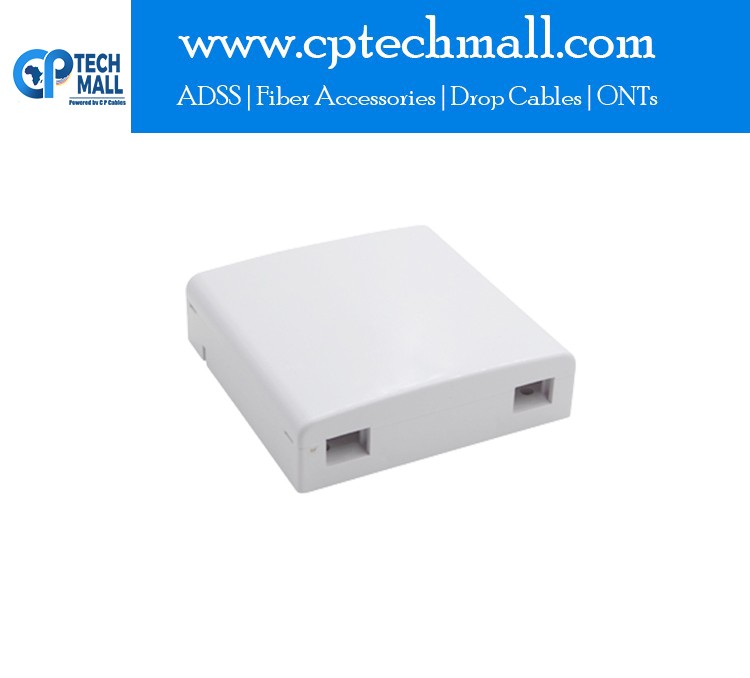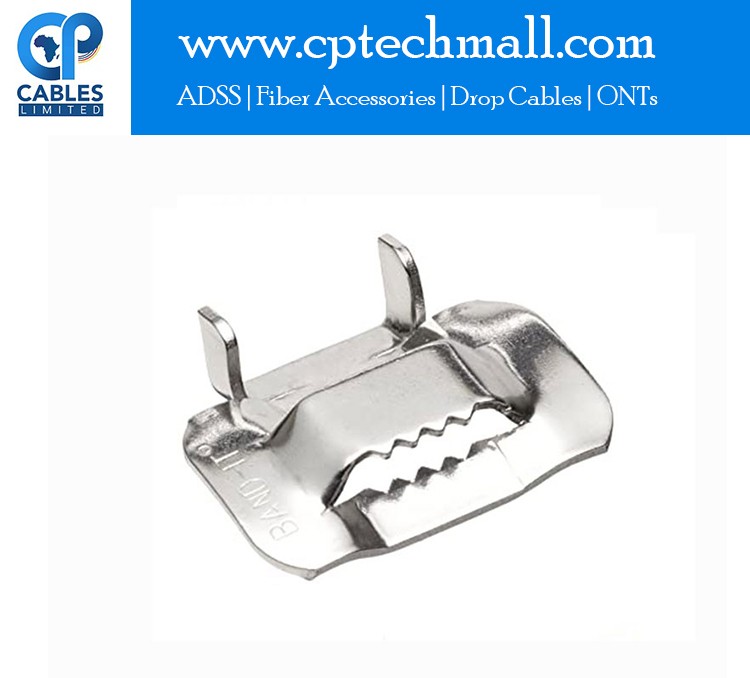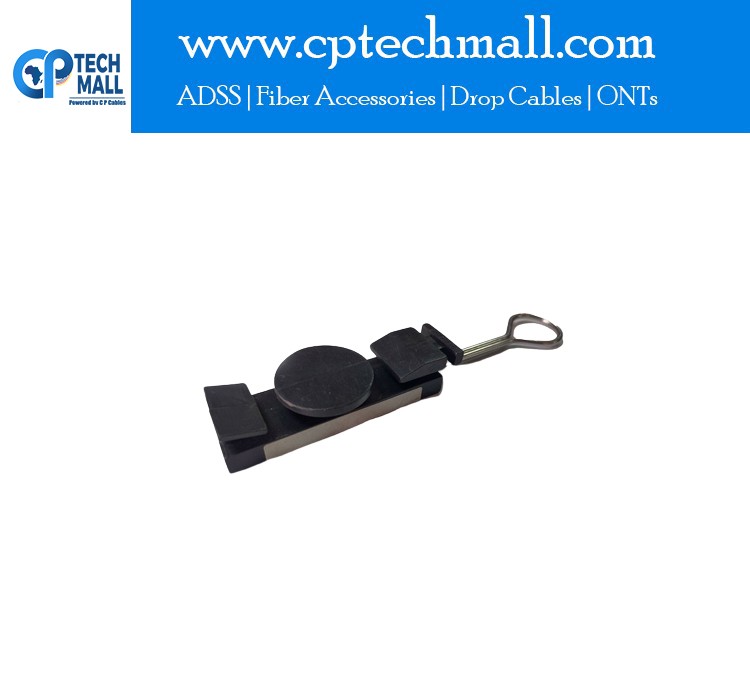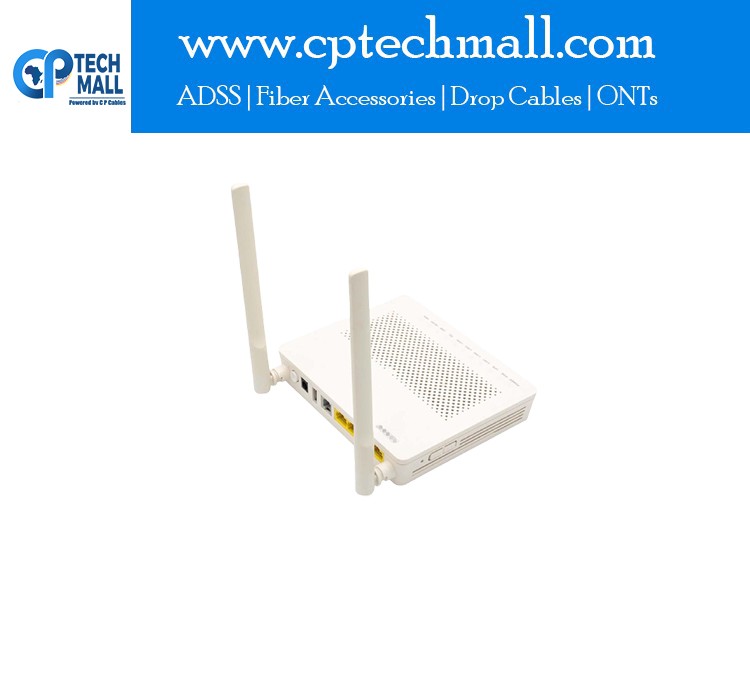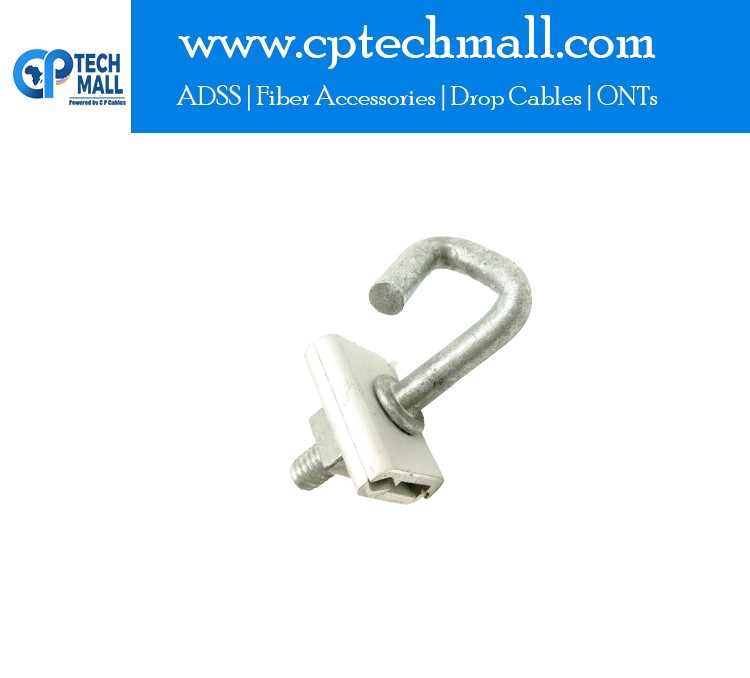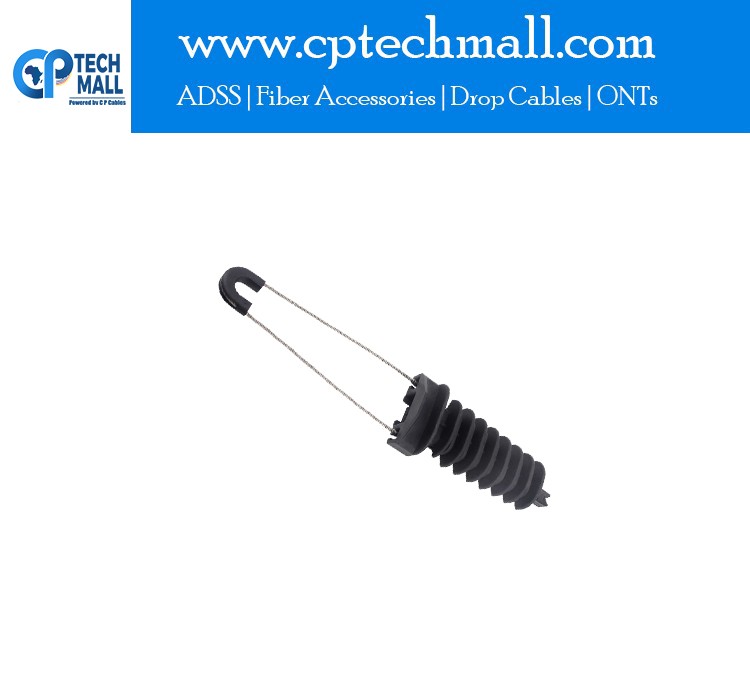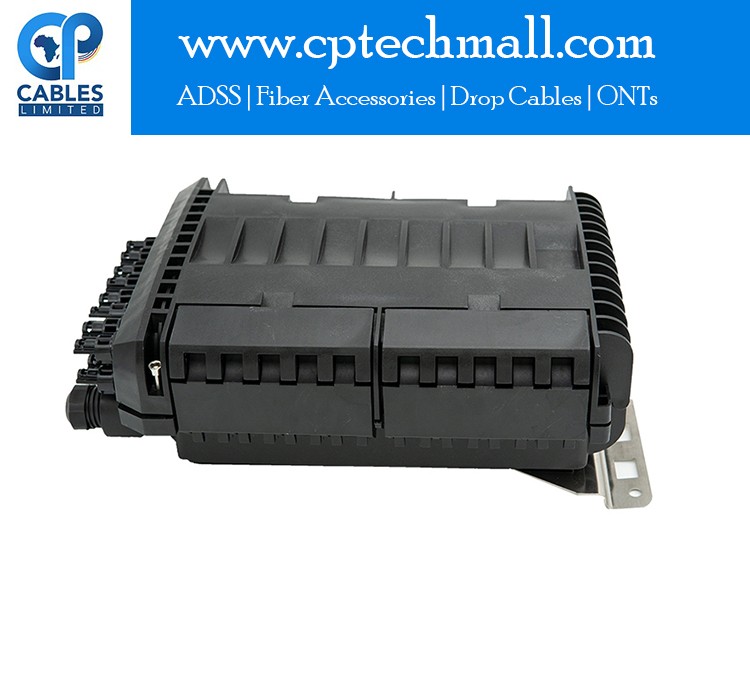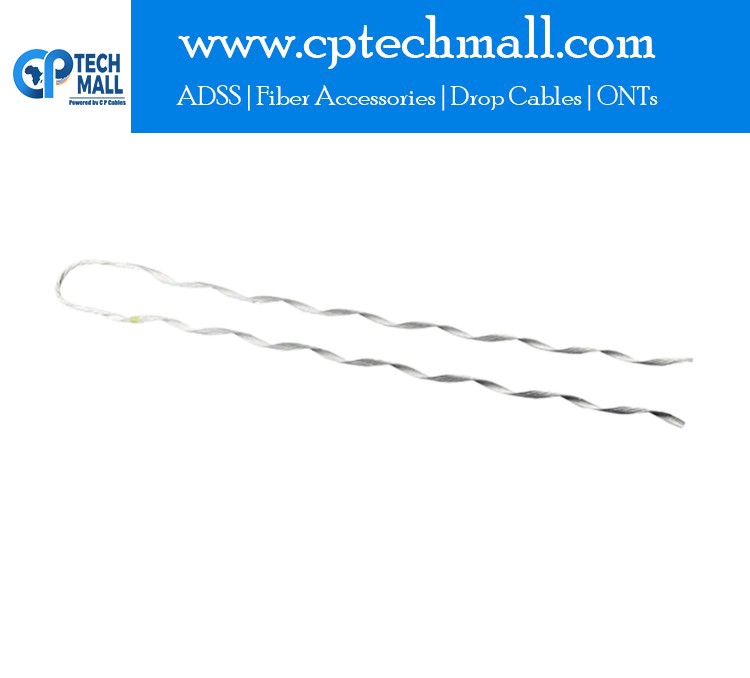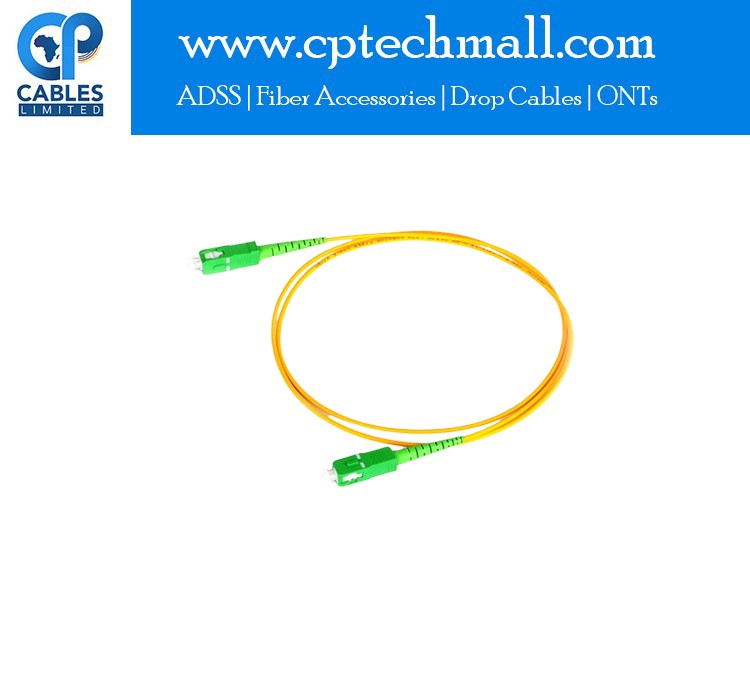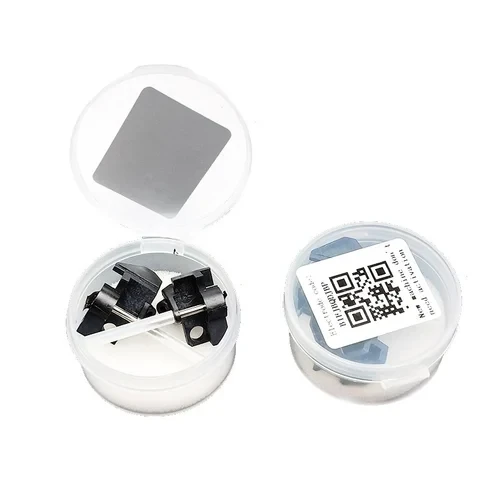

Single AI-9 ELECTRODES
Inhouse product
-
Access Terminal Box - Empty ATB
$. 0.45 -
Buckle Clips C201
$. 0.10 -
Anchoring Clamp for FTTH
$. 0.20 -
Fiber Sleeves - 60mm
$. 0.04 -
ONU XPON Router - Long Antennae
$. 14.50 -
J Hook Clamp - Small (8-12 mm)
$. 2.25
Description:
Splicing machine electrodes are essential components used in fiber optic splicing machines, which are devices designed to join two optical fibers end-to-end. The electrodes generate an electric arc that fuses the fiber ends together, creating a low-loss optical connection crucial for telecommunications and data transmission. These electrodes are typically made of tungsten due to its high melting point and excellent conductivity, ensuring consistent performance and durability during the splicing process.
Specifications:
1. Material: Tungsten or tungsten alloy is commonly used due to its high thermal resistance and electrical conductivity.
2. Dimensions:
- Diameter: Typically ranges between 0.3 mm to 1.5 mm, depending on the splicing machine model.
- Length: Varies from 5 mm to 20 mm, depending on the specific design and machine requirements.
3. Arc Stability: Electrodes are designed to maintain a stable electric arc under various conditions, ensuring consistent splicing quality.
4. Durability: Tungsten electrodes are resistant to wear and corrosion, allowing for thousands of splices before needing replacement. Average lifespan ranges from 1,000 to 3,000 splices, depending on usage and maintenance.
5. Compatibility: Electrodes are designed to be compatible with specific models of splicing machines, such as those from Fujikura, Sumitomo, or INNO. Compatibility is critical for optimal performance and splicing quality.
6. Maintenance: Regular cleaning and conditioning are recommended to prolong the lifespan and maintain the effectiveness of the electrodes. This often involves using a special cleaning solution and polishing the electrode tips.
7. Replacement Interval: Depending on the usage and machine model, electrodes should be replaced every 1,000 to 2,000 splices to ensure optimal performance and prevent splicing errors.
8. Operating Conditions: Electrodes are designed to function effectively in various environmental conditions, including a wide temperature range (-10°C to 50°C) and varying humidity levels.
9. Packaging: Electrodes are typically packaged in pairs and stored in protective containers to prevent contamination and damage before installation.
10. Application: Widely used in telecommunications, data centers, and industrial applications where reliable fiber optic connections are essential.
Related products
J Hook Clamp- Big (15-20 mm)
Anchoring Clamp for FTTH
Pigtail Clamp
ADSS Tension Clamps ( PA 1500 )
J Hook Clamp - Medium (10-16 mm)
38
0
746
172
